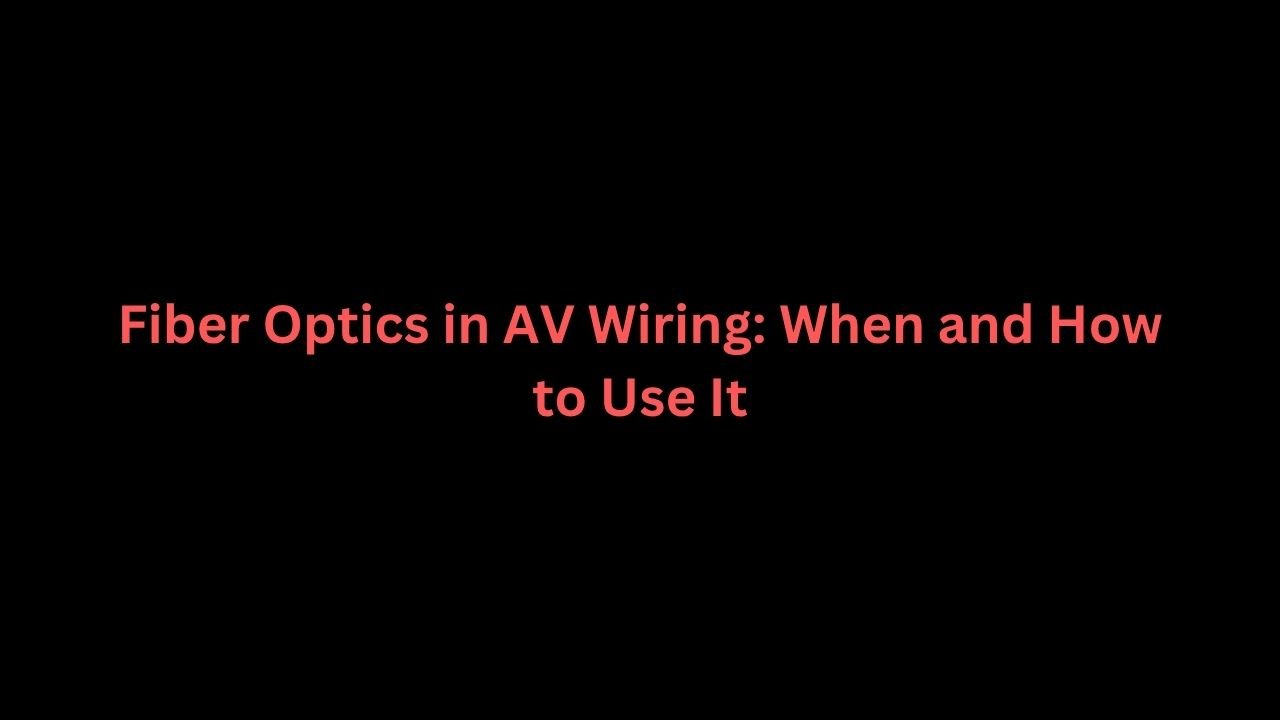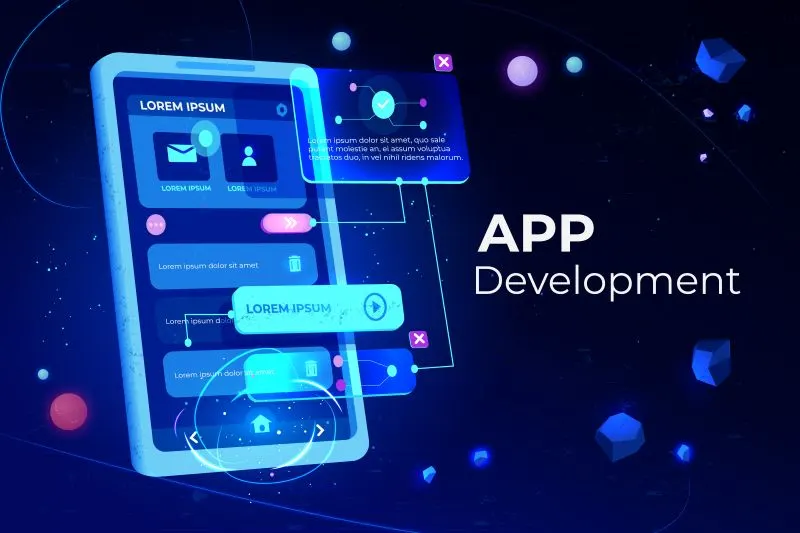XTEN-AV continues to revolutionize the AV design experience, enabling integrators to seamlessly create AV wiring solutions using intelligent tools and automation. One of the most powerful developments in the field of AV infrastructure is the increasing adoption of fiber optics. For AV professionals and integrators designing systems that demand high bandwidth, long-distance runs, and future-proof scalability, fiber optics plays a critical role. In this blog, we explore how fiber optics fits into V Wiring Diagrams, and when it makes sense to use it over traditional copper cabling.
Introduction: Why Fiber Optics Matters in AV
As AV systems grow more complex—handling larger resolutions like 4K and 8K, high channel audio, and real-time control—traditional copper cables like HDMI, XLR, and CAT6 can struggle with performance over long distances. This is where fiber optics stands out. Fiber is immune to electromagnetic interference, supports higher bandwidths, and enables significantly longer cable runs without signal degradation.
Whether you’re designing an enterprise video conferencing system, a digital signage network, or a hybrid classroom, understanding how and when to implement fiber optics in your AV wiring can enhance reliability and performance.
What Are Fiber Optic Cables?
Fiber optic cables are made up of strands of glass or plastic fiber that transmit data as light. These cables are capable of transmitting signals over much longer distances than copper cables while preserving signal quality. Fiber optics are typically categorized into two types:
- Single-mode fiber (SMF): Designed for long-distance transmission, often used in campus-wide or enterprise-grade AV systems.
- Multi-mode fiber (MMF): Suitable for shorter distances, like within buildings or small venues.
Both types can be valuable in AV designs depending on the project size, bandwidth needs, and environmental factors.
How Fiber Optics Is Represented in V Wiring Diagrams
In modern AV system design software such as XTEN-AV, V Wiring Diagrams help integrators visualize every connection and route within a project. When designing with fiber optics:
- Fiber runs are marked with specific labels or colors to distinguish them from copper connections.
- Connectors like LC, SC, or ST are often annotated for clarity.
- Media converters or fiber extenders (for HDMI, USB, or Ethernet) are placed accurately in the diagrams to reflect real-world integration.
Designers can take advantage of XTEN-AV’s automation features to assign fiber paths, check compatibility, and generate documentation with accurate part numbers and specifications.
When Should You Use Fiber Optic Cables in AV Wiring?
Here are key scenarios where fiber is the ideal choice:
1. Long-Distance Signal Transmission
When your AV system spans across floors, buildings, or even campuses, fiber can carry high-resolution video, audio, and control signals without requiring repeaters. Copper signals often degrade after 50–100 feet, especially with 4K video. Fiber optics can maintain clarity over several kilometers.
2. High Bandwidth Requirements
For video walls, digital signage, and high-resolution video conferencing, the demand for bandwidth can overwhelm copper. Fiber provides far more headroom, supporting 10 Gbps and beyond, which is essential for 4K and 8K transmission.
3. Electromagnetic Interference (EMI) Protection
In industrial facilities, hospitals, or broadcast centers where electrical interference is common, copper cables are vulnerable. Fiber is immune to EMI, ensuring cleaner signal quality.
4. Future-Proofing AV Infrastructure
Investing in fiber now means your AV system will be ready for upcoming technologies. As video standards and network demands grow, fiber will offer the necessary capacity without requiring major rewiring.
Fiber Optics vs. Copper: Quick Comparison
| Feature | Fiber Optic | Copper (HDMI, CAT6, etc.) |
|---|---|---|
| Bandwidth | Very High | Moderate to High |
| Max Distance | Up to kilometers | 50-100 feet (typical) |
| Immunity to EMI | Complete | Vulnerable |
| Installation Cost | Higher upfront | Lower upfront |
| Maintenance | Minimal once installed | Moderate |
While fiber optics has a higher initial cost, the long-term benefits—especially in large or critical AV environments—often outweigh the expense.
Key Considerations When Designing with Fiber
1. Connector Types
Use industry-standard connectors like LC, SC, or ST based on the project’s needs. Make sure connectors are included in your V Wiring Diagrams for installation clarity.
2. Compatibility with AV Equipment
Ensure that endpoints such as AV receivers, displays, or control processors support fiber inputs or use media converters accordingly.
3. Proper Termination and Testing
Fiber needs precise termination and cleaning. Poor terminations can result in loss or signal degradation. Incorporate fiber test points in your diagrams to guide field technicians.
4. Use Pre-Terminated Cables
To simplify installation and reduce error, pre-terminated fiber cables are often the best choice in AV projects.
Tools to Help You Design Fiber-Based AV Systems
XTEN-AV is one of the leading platforms for creating professional-grade V Wiring Diagrams with built-in support for fiber optics. Its intuitive interface allows you to:
- Select fiber components from an updated parts library.
- Auto-generate diagrams with correct signal flow.
- Export documentation for installers and clients.
- Validate signal compatibility and routing lengths.
By using XTEN-AV, integrators avoid the manual errors that can often occur when managing mixed wiring types and long-distance cable paths.
Conclusion
Fiber optics is no longer just an option—it’s a strategic advantage in modern AV systems. From large auditoriums to hybrid learning spaces, its ability to handle bandwidth-intensive and long-distance signals with high reliability makes it a preferred medium in many projects.
By using XTEN-AV to design your V Wiring Diagrams, you gain the tools and automation needed to integrate fiber seamlessly into your AV workflows. Whether you’re working on a single room or a networked facility, fiber ensures your infrastructure is ready for the demands of today and tomorrow.
Read more: https://newyorktimesnow.com/blog/cable-types-used-in-av-wiring-diagrams–hdmi–xlr–cat6
















Leave a Reply